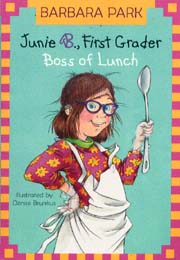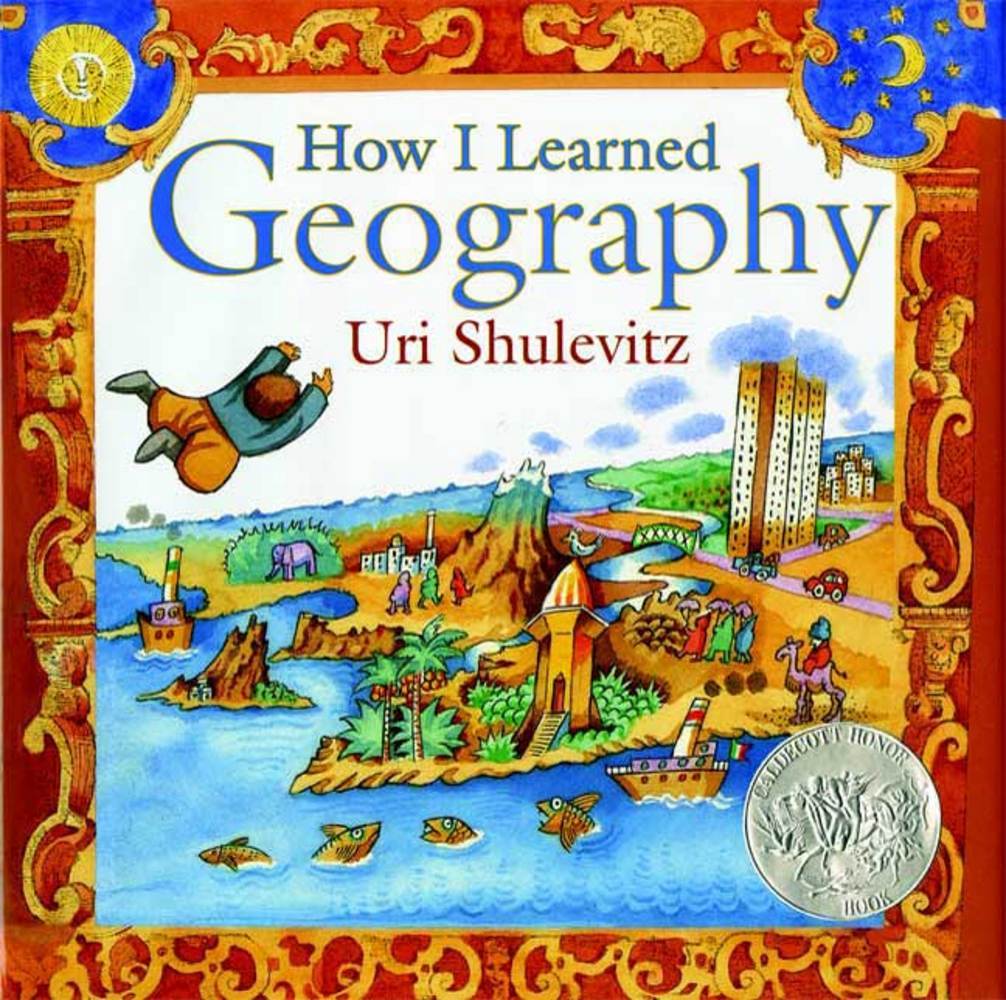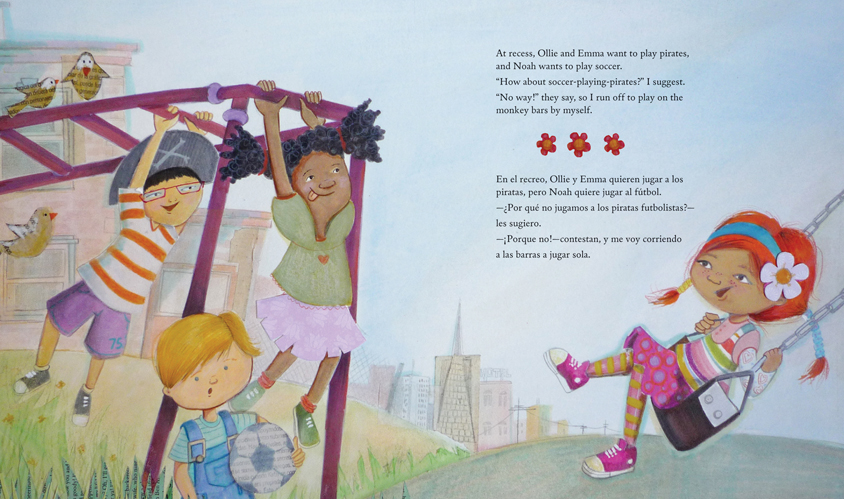Junie B. Jones: Boss of Lunch is written by Barbara Park and illustrated by Denise Brunkus. It was published in 2002 by Random House Children's Books.
Lexile Level: 330L Ages: 6-10
Summary:
Junie B. Jones: Boss of Lunch is an early chapter book.Junie B. Jones gets a new lunchbox in the mail, and her interest in lunch time at school begins to grow. At lunch one day, she learns that Mrs. Gutzman, a lunch lady she used to adore, still works at her school. Upon learning this, Junie B. sprints to the kitchen and finds her. Mrs. Gutzman enlists Junie B. as a lunch helper, giving her gloves, an apron, and three different jobs to perform in the kitchen. In the end, Junie B. comes to learn that being a lunch helper isn’t all its cracked up to be, and the school lunch is especially gross!
Evaluation and Illustrations:
I really enjoy the Junie B. Jones books because they give students important messages through a short chapter book.Throughout the Junie B. Jones: Boss of Lunch book she is learning valuable life lessons. Therefore, I found this book to be realistic. Taking on lunch duty at school is a important and hard task and this book shows that this is a hard task but it also shows tolerance and acceptance, problem solving, and the way Junie B. reacts to each situation. I think that the author's main point was to show students to try new things and sometimes it may not be what you like, for instance Junie B. Jones found out that school lunches are GROSS!Another part of this book I found great was every time a new word would come up it would be described. For example, "That one is an eaglet. I said." "An eaglet is a baby eagle"
There are a few illustrations scattered throughout the chapter book and these illustrations capture the important parts of the story. In the beginning an important part is when Junie B. Jones gets her brand new lunchbox so the illustrator, Denise Brunkus, made sure to include Junie's excited expression with her animal decorated lunchbox.
Literary Elements:
There are spots of onomatopoeia scattered throughout this story such as the work ICK that is brought up multiple times. The main themes of this books are the lunch room, elementary school, responsibility, and growing up. The setting of this story was in the elementary school and the lunch room.1. Onomatopoeia: words like ICK!
2. Themes: responsibility and growing up
3. Setting: elementary school and the lunch room
In the Classroom:
For this lesson I would have students write a story about something new they tried and if they liked it or not. Some questions I would pose are:- What is something new you have tried?
- Did you like it?
- Why or why not?
- Would you ever do it again?
- Did you choose to do this or did someone ask you to do it?
- How often/long did you have to do it for?
Park, B., & Brunkus, D. (2002). Junie B. Jones, boss of lunch. New York: Random House.























